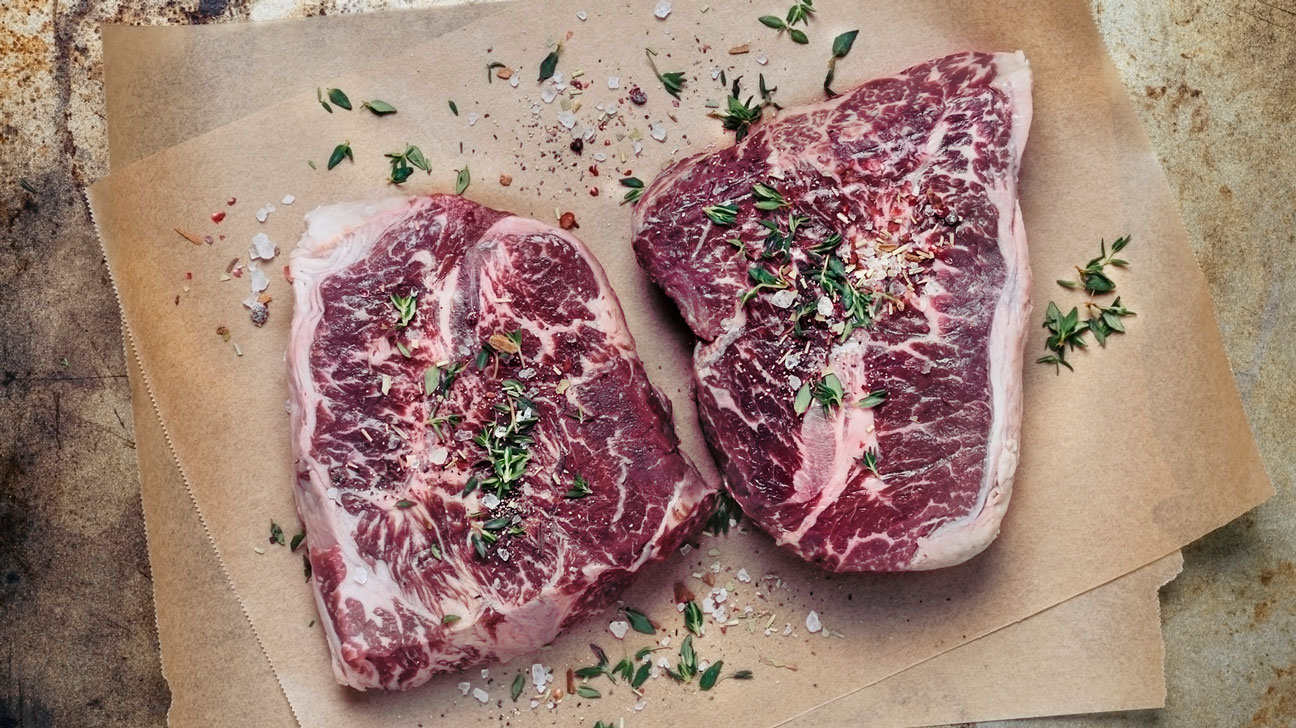



Article by: Hari Yellina
Young cattle prices have remained flat, with a little downward trend, but more severe losses are expected. Producers in northern Queensland and the Northern Territory are crunching the statistics after two months of below-average rainfall and starting to discharge younger, lighter livestock. While some agencies claim that extra supply is being absorbed as quickly as it comes, analysts expect young cattle prices to continue to fall due to the season and beef export pricing. Since the end-of-January peak fall, the Eastern Young Cattle Indicator has dropped by roughly 100 cents per kilogramme carcase weight.
The yearly heavy steer price is expected to be 365c/kg live weight this year, according to TEM. It’s currently 460 degrees Fahrenheit across the country. TEM’s Matt Dalgleish noted in a Meat & Livestock Australia Productivity and Profitability webinar this week that the EYCI yearly average is estimated to be 828c/kg carcase weight, with a possible range of 640 to 1020c/kg. “The market is expected to decline as we go toward increasing beef production and slaughter this year,” he said. “I wouldn’t call it a crash, but there are obviously more headwinds on cattle prices than demand pushing the market upward right now.” According to TEM’s calculations, heavy steer prices should return to the low 300s in 2023, with the EYCI returning to 700c.
Meanwhile, beef export volumes remain significantly below long-term averages, owing to poor output, but export prices look to have peaked, which is concerning for the cattle market. According to Mecardo analyst Angus Brown, the trend appears to be pushing more beef into major markets. “The good news is that when supplies grow, demand for our beef is likely to stay robust,” he added. “However, pricing may have to soften a little to meet demand in some of the smaller markets.” According to Mr. Dalgleish’s webinar presentation, March’s export flow statistics has put China back into second place among Australia’s top markets. Japan is in first place, but South Korea has dropped to third place. Mr Dalgleish reported a 17 percent increase in cattle export consignments from Australia in March. In the first quarter of 2022, however, average monthly flows to China are 15% lower than the five-year average pattern.